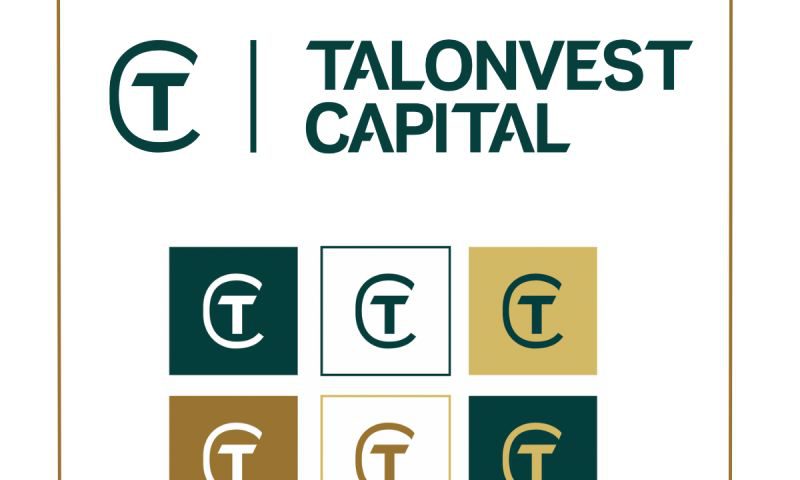Ben Vestal
Argus Self Storage Advisors
As the U.S. economy continues to recover, many investors are turning their attention to the potential risk of inflation and how it will impact commercial real estate investments.
The self storage business model of short term, month-to-month leases and a fixed base expense model is setting self storage owners up to outperform other commercial real estate sectors. We have learned that the ability to raise or reduce rents quickly allows self storage owners to outperform the market. Regular rent increases on the existing tenant base do not cause tenants to move out and the dollar amount of a rent increase, while small in total dollars, results in a very large percentage increase in revenues.
We have all heard about the rapidly rising steel costs and overall rising costs of construction. The increase in construction costs is a direct result of inflation and the increasing cost of goods and services. As a result, we are seeing buyers put more emphasis on the price per square foot and less on the income approach when valuing a self storage property. Most buyers today are using a blend of cost basis and income approach to arrive at a value. In the short term, inflation will drive up values for hard assets like self storage properties as construction costs rise. However, rents will lag and even with the best revenue management system, there comes a point where the customer simply cannot afford to pay higher rents (approximately 2.0% -3.0% of HHI on average) and valuations will be based more on replacement cost than actual returns. This will lead to compressing yields for investors and only time will tell whether the investment community feels self storage is still a good risk-adjusted investment opportunity; so far self storage has been the shining star of investment real estate.
Controlling expenses is another matter, but self storage starts off with a great advantage over many other real estate types because the gross margins (say 60%-65%) are better, with expenses equaling roughly one third of the revenue. As a result, self storage profit margins are higher and there are fewer expenses per dollar of revenue. When you look at the nature of self storage expenses, you will find additional advantages. First, energy use is well below the average of most businesses, which has been a high inflation producer in recent history. Second, real estate tax, which is typically the largest self storage expense, has only a very rough correlation to inflation and thus may not automatically adjust to inflation. Third, self storage labor is usually not as highly paid as many of the workers under union contracts and in highly skilled professions that are closely linked to inflation. While it is hard to precisely quantify these distinctions, they are real and will tend to mitigate the impact of inflation on self storage investments.
What about other real estate as inflation hedges? The results are less dramatic because office buildings, industrial, and retail often have long term leases that inadequately compensate for inflation. A little inflation that is not compensated for in the lease over a 10- or 15-year period will compound into a healthy diminution in the value of the cash flow and of the inflation-adjusted property. For example, a 5% increase in inflation that is uncompensated for in a 10-year lease will decrease the value of the cash flow and value by 40%, not to mention the tenant improvements and leasing commissions that you are required to offer tenants in these other asset classes.
All in all, while not perfect at stopping inflationary pressures, self storage certainly seems better positioned than most commercial real estate as we head into uncertain inflationary times. As the pandemic fades and people start spending money they’ve saved and invested over the last year, the velocity of money in the market will likely increase. If this happens, inflation and higher interest rates could become a reality.





